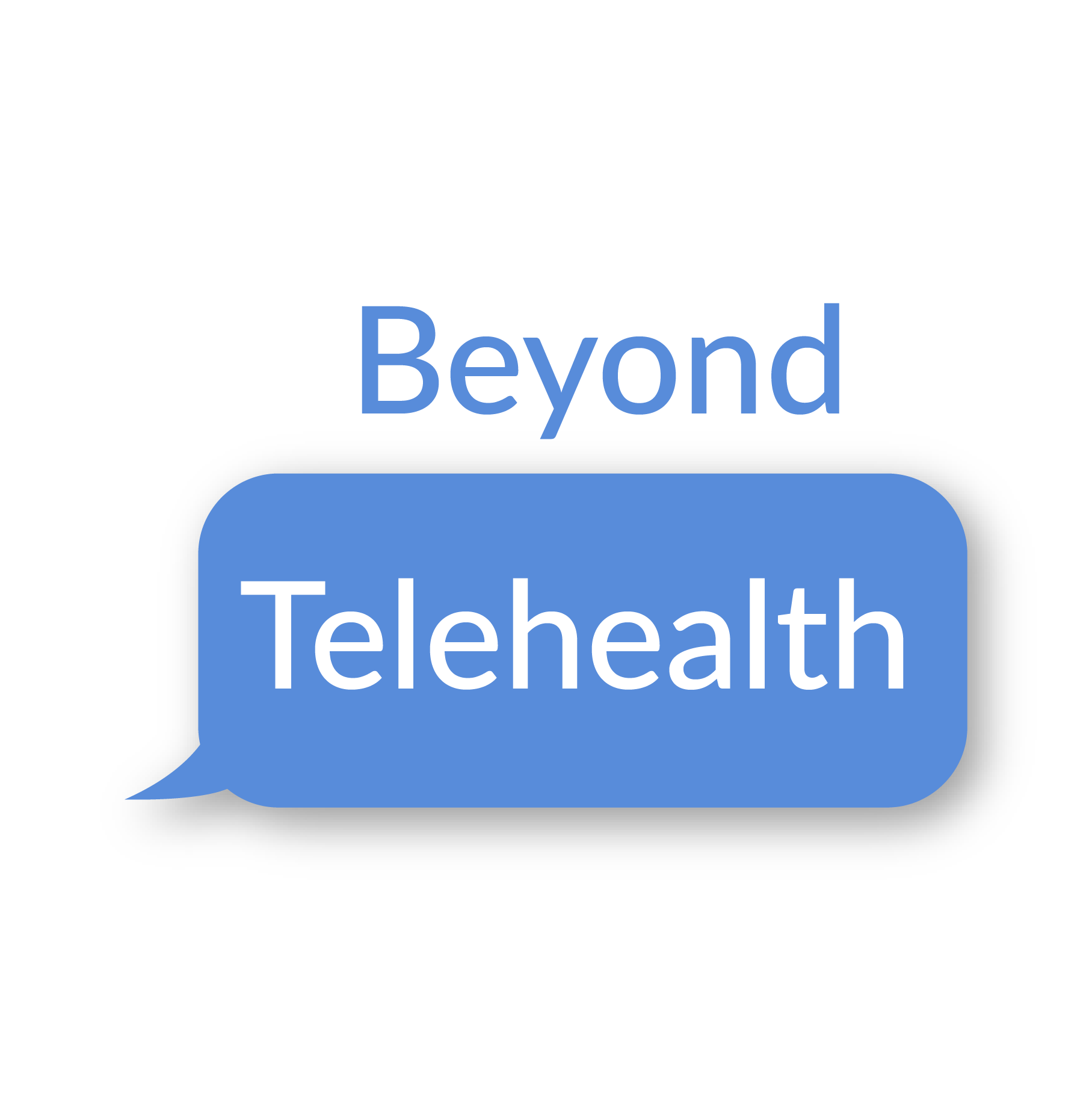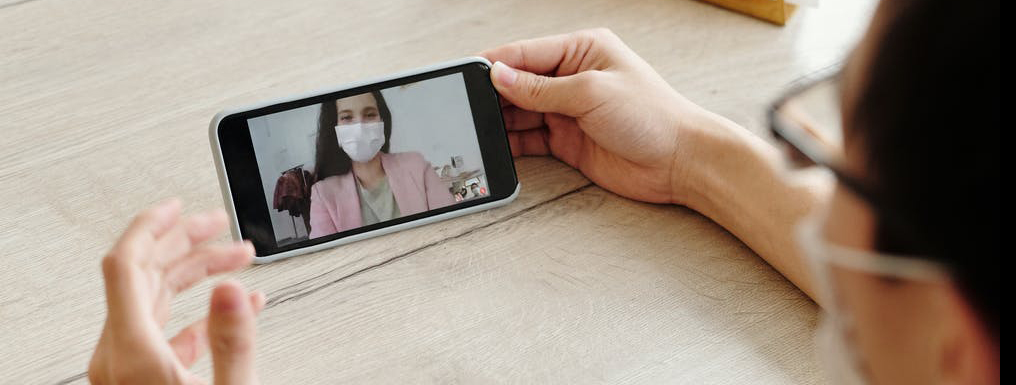Although live video visits became synonymous with telehealth during the pandemic, there are additional telehealth modalities that can also help patients be more engaged with their health. We are going to focus on the role of asynchronous telehealth in improving timely access to care.
Unlike synchronous telehealth that requires a visit to be done in “real-time,” asynchronous care allows patients to relay health information to providers at the most convenient time for them. Although providers are not responding instantly to the request, the technology supports a triage process for emergencies, alerting patients when it could be dangerous to delay their care. There are numerous studies showing the consequences of delaying care. During the pandemic, examples of these consequences include increased rates of orchiectomy due to delayed presentation of testicular torsion, higher incidence of complicated appendicitis, and potential complications from late presentations of myocardial infarctions, to name a few.1,2,3 However, in every specialty, physicians can identify other cases of collateral damage from delayed medical care.
The benefits of asynchronous care include not only improving access to triage symptoms in a timely manner, but it is also convenient and efficient. The American Telemedicine Association further describes the following benefits: 4
- Break through barriers experienced when discussing sensitive health concerns.
- Reduction in prolonged wait-times to make an appointment and be seen in the office.
- Address provider burnout by reducing the administrative burden of EHR data entry.
Asynchronous platforms are currently supporting a wide array of specialties, including dermatology, psychiatry, women’s and men’s health, pediatrics, and primary care. Platforms are supported by artificial intelligence (AI), which allows for adaptable evidence-based interviews. A robust algorithm of questions is specifically designed for each disease state to take a patient on a journey and elicit pertinent positives and negatives for their chief complaint and a risk assessment of their symptoms to determine if emergency care is needed. Comprehensive platforms may also include an option to pivot to a synchronous visit, if needed, and will clearly identify a medical emergency, referring the patient to an ED.
In addition to having benefits for patients, asynchronous care can be beneficial to providers as part of the digital health ecosystem of a practice or health system. First, clinicians can batch review these visits and improve efficiency. By incorporating asynchronous telehealth into the digital health ecosystem, a work-flow can be created to avoid disruption and allow for scale within a larger catchment area.
A disadvantage of asynchronous visits includes the lack of a physical exam and a sense of a relationship with a provider. It also risks further fracturing care and would not be ideal in disease prevention as a solo strategy. Therefore, like many of our digital health tools, this is just one potential piece of the puzzle to improve care. Additionally, these visits generally lack reimbursement and by being cash-only at this time, may further exacerbate challenges in creating equitable digital health solutions. State laws also differ in their levels of support for this technology and thus in some states, you may be required to have an in-person visit to legally establish a relationship with a physician to receive a prescription. Lastly, the use of this technology must still undergo rigorous quality assessments and warrants further study to determine if it is helping reach the triple aim, improved health outcomes, cost containment and a better patient experience.
Patients are wanting more from their healthcare experience and expecting the same convenience in receiving this as technology has brought to many other aspects of their lives, finances, transportation, dining, exercise, education, and others. As clinicians, it remains our responsibility to understand these growing needs and find a balance that supports patient’s thirst for a personalized health experience, rich in education, at their fingertips, and the scientific rigor we demand of any new therapy to enhance our care delivery capabilities.
Jennifer Bepple MD

Jennifer Bepple MD is a board-certified urologic surgeon with a passion for improving access to care for all patients. Anticipating a shortfall of up to 139,000 physicians by 2033, digital health is poised to be a force-multiplier in learning how to do more with less. The medical field needs to be creative in how we address this challenge. Better understanding the needs of all patients is critical to the success of this mission and is our focus!
“Technology is capable of doing great things, but it doesn’t want to do great things. It doesn’t want anything. That part takes all of us.” – Tim Cook, Apple CEO
1. Pogorelić Z, Milanović K, Veršić AB, et al. Is there an increased incidence of orchiectomy in pediatric patients with acute testicular torsion during COVID-19 pandemic?-A retrospective multicenter study. J Pediatr Urol. 2021;17(4):479.e1-479.e6. doi:10.1016/j.jpurol.2021.04.017
2. Pogorelić Z, Anand S, Žuvela T, Singh A, Križanac Z, Krishnan N. Incidence of Complicated Appendicitis during the COVID-19 Pandemic versus the Pre-Pandemic Period: A Systematic Review and Meta-Analysis of 2782 Pediatric Appendectomies. Diagnostics (Basel). 2022;12(1):127. Published 2022 Jan 6. doi:10.3390/diagnostics12010127
3. Aldujeli A, Hamadeh A, Briedis K, et al. Delays in Presentation in Patients With Acute Myocardial Infarction During the COVID-19 Pandemic. Cardiol Res. 2020;11(6):386-391. doi:10.14740/cr1175 4. ATA’s Asynchronous Telehealth Toolkit: Improving Access, Empowering Patients, and Reducing Costs. American Telemedicine Association. Published January 6, 2021. https://www.americantelemed.org/wp-content/uploads/2021/01/Asynchronous Telehealth-Improving-Access-Empowering-Patients-and-Reducing-Costs-CLEAN.pdf. Last accessed February 20, 2022.
4. ATA’s Asynchronous Telehealth Toolkit: Improving Access, Empowering Patients, and Reducing Costs. American Telemedicine Association. Published January 6, 2021. https://www.americantelemed.org/wp-content/uploads/2021/01/Asynchronous Telehealth-Improving-Access-Empowering-Patients-and-Reducing-Costs-CLEAN.pdf. Last accessed February 20, 2022.


Comments are closed